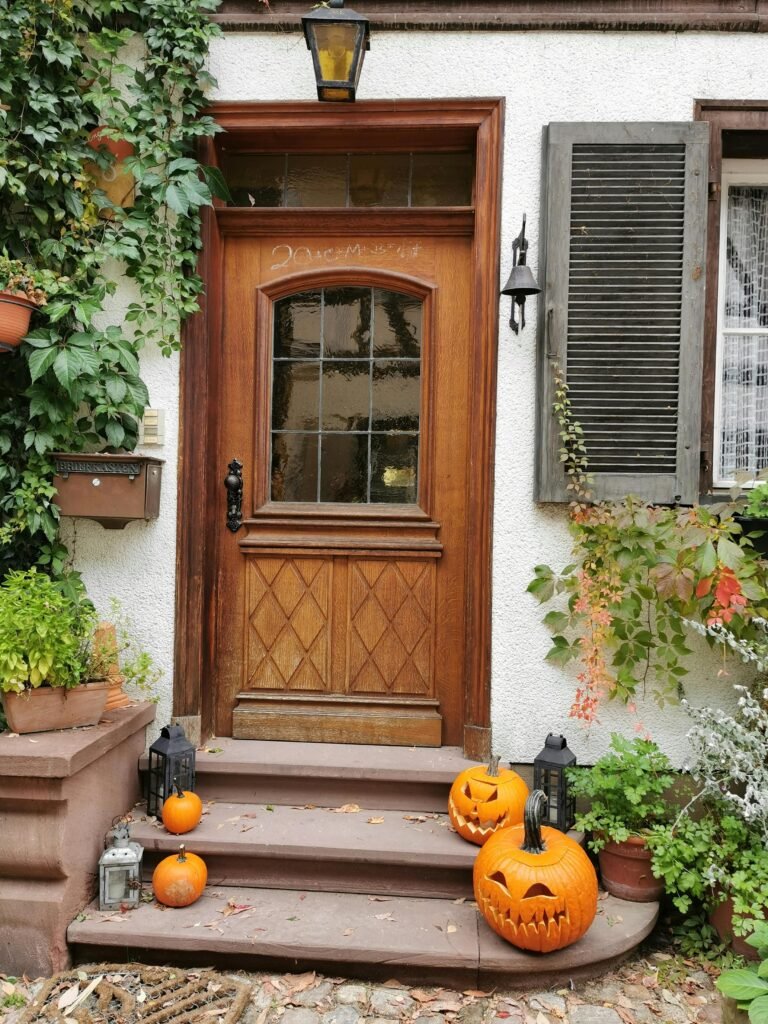Are You Concerned About Preventing Falls in Seniors?
If you are caring for an elderly loved one or working in a care facility, you may be concerned about the risk of falls in seniors. Falls are a common and serious issue that can lead to injuries, hospitalizations, and a decreased quality of life. In this article, we will discuss effective strategies to prevent falls in seniors. By implementing these strategies, you can help reduce the risk of falls and promote safety and well-being for the seniors in your care.
Check out our Product Reviews
Understanding the Risk Factors for Falls in Seniors
Before we discuss strategies to prevent falls, it is important to understand the risk factors that contribute to falls in seniors. By knowing these risk factors, you can better tailor prevention strategies to address the specific needs of the seniors you are caring for. Some common risk factors for falls in seniors include:
- Muscle weakness
- Balance and gait issues
- Medications that cause dizziness or lightheadedness
- Vision problems
- Environmental hazards such as slippery floors or poor lighting
It is important to assess these risk factors in the seniors you are caring for and address them appropriately to reduce the risk of falls.
Creating a Safe Environment for Seniors
Creating a safe environment for seniors is essential in preventing falls. By making simple modifications to the home or care facility, you can reduce hazards and promote safety for seniors. Here are some tips for creating a safe environment:
- Remove clutter and obstacles from walkways
- Install grab bars in bathrooms
- Ensure that floors are free of hazards such as loose rugs or cords
- Improve lighting in dimly lit areas
- Make sure that furniture is stable and easy to navigate around
By creating a safe environment, you can significantly reduce the risk of falls for seniors.
Example of Home Modification Checklist
Here is a checklist of home modifications that can help prevent falls in seniors:
| Area of Home |
Modification |
| Bathroom |
Install grab bars in shower and near toilet |
| Living Room |
Remove clutter and ensure furniture is stable |
| Hallways |
Improve lighting and remove tripping hazards |
| Bedroom |
Ensure easy access to bed and proper lighting |
By following this checklist and making necessary modifications, you can create a safer environment for seniors.

This image is property of images.pexels.com.
Check out our Product Reviews
Encouraging Regular Exercise and Physical Activity
Regular exercise and physical activity are essential in maintaining strength, balance, and flexibility in seniors. By incorporating exercise into a senior’s routine, you can help prevent falls and promote overall health and well-being. Low-impact exercises such as walking, swimming, or tai chi are beneficial for seniors and can help improve muscle strength and balance.
Encouraging seniors to participate in regular exercise can also improve their confidence and reduce the fear of falling. By working with a physical therapist or fitness instructor, seniors can develop a personalized exercise plan that meets their needs and abilities.
Tips for Encouraging Exercise in Seniors
Here are some tips for encouraging exercise in seniors:
- Start with low-impact activities such as walking or gentle stretching
- Incorporate strength training exercises to improve muscle tone and balance
- Make exercise fun and social by participating in group classes or activities
- Provide positive reinforcement and encouragement to keep seniors motivated
By incorporating regular exercise into a senior’s routine, you can help prevent falls and promote overall health and well-being.
Reviewing Medications and Managing Health Conditions
It is important to review the medications that seniors are taking, as certain medications can increase the risk of falls. Medications that cause dizziness, lightheadedness, or confusion can interfere with a senior’s balance and coordination, leading to an increased risk of falls. By working closely with healthcare providers to review and adjust medications, you can help reduce the risk of falls in seniors.
In addition to medications, managing health conditions such as diabetes, arthritis, or heart disease is essential in preventing falls. By monitoring and treating health conditions effectively, you can help seniors maintain their overall health and reduce the risk of falls.
Tips for Managing Medications and Health Conditions
Here are some tips for managing medications and health conditions in seniors:
- Keep a list of all medications and dosage instructions
- Review medications regularly with healthcare providers
- Monitor health conditions and follow treatment plans as directed
- Encourage regular check-ups and screenings to monitor overall health
By managing medications and health conditions effectively, you can help reduce the risk of falls and promote safety in seniors.

This image is property of images.pexels.com.
Utilizing Assistive Devices and Mobility Aids
Assistive devices and mobility aids can be beneficial in preventing falls and promoting independence in seniors. By using devices such as walkers, canes, or wheelchairs, seniors can move around safely and with greater ease. It is important to assess the needs of seniors and provide them with the appropriate assistive devices to support their mobility and prevent falls.
In addition to traditional mobility aids, technology such as wearable sensors or emergency alert systems can also help prevent falls in seniors. These devices can alert caregivers or family members in the event of a fall, allowing for quick assistance and intervention.
Types of Assistive Devices and Mobility Aids
Here are some common types of assistive devices and mobility aids for seniors:
- Walkers
- Canes
- Wheelchairs
- Grab bars
- Wearable sensors
- Emergency alert systems
By utilizing assistive devices and mobility aids, you can help prevent falls and promote independence in seniors.
Educating Seniors and Caregivers on Fall Prevention
Education is key in preventing falls in seniors. By providing seniors and caregivers with information on fall prevention strategies, you can empower them to take an active role in promoting safety and well-being. It is important to educate seniors on the importance of exercise, home modifications, and medication management in preventing falls.
In addition to educating seniors, it is also important to provide caregivers with training on how to assist seniors with mobility, transfers, and fall prevention strategies. By equipping caregivers with the knowledge and skills to support seniors safely, you can help reduce the risk of falls and promote a safe caregiving environment.
Fall Prevention Education Resources
Here are some resources for fall prevention education for seniors and caregivers:
- Workshops and seminars on fall prevention
- Educational materials on exercise and home modifications
- Online resources and videos on fall prevention strategies
- Training sessions for caregivers on mobility and transfer techniques
By providing education on fall prevention, you can empower seniors and caregivers to take proactive steps in reducing the risk of falls.

This image is property of images.pexels.com.
Monitoring and Evaluating Fall Prevention Strategies
Monitoring and evaluating fall prevention strategies are essential in ensuring their effectiveness and making necessary adjustments. By tracking falls, near misses, and outcomes, you can identify areas for improvement and measure the success of prevention efforts. It is important to conduct regular assessments of risk factors and implement changes as needed to prevent falls in seniors.
Monitoring Fall Prevention Strategies
Here are some ways to monitor fall prevention strategies:
- Keep detailed records of falls and near misses
- Conduct regular assessments of risk factors
- Review and adjust prevention strategies as needed
- Seek feedback from seniors and caregivers on the effectiveness of interventions
By monitoring and evaluating fall prevention strategies, you can identify areas for improvement and ensure the safety and well-being of seniors.
Conclusion
In conclusion, preventing falls in seniors requires a comprehensive approach that addresses risk factors, creates a safe environment, encourages exercise, reviews medications, utilizes assistive devices, educates seniors and caregivers, and monitors prevention strategies. By implementing these effective strategies, you can help reduce the risk of falls and promote safety and well-being for the seniors in your care. Remember to assess the unique needs of the seniors you are caring for and tailor prevention strategies to address their specific challenges. By working together to prevent falls, you can make a positive impact on the health and independence of seniors.
Check out our Product Reviews